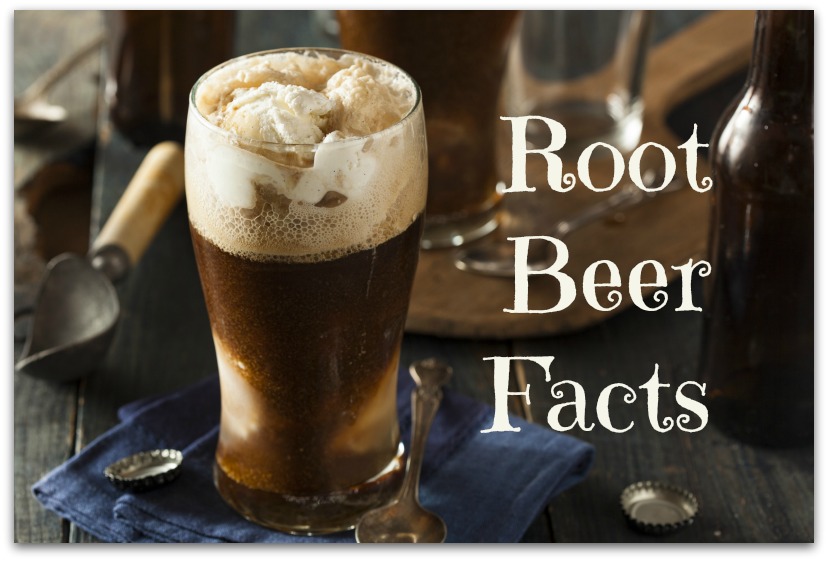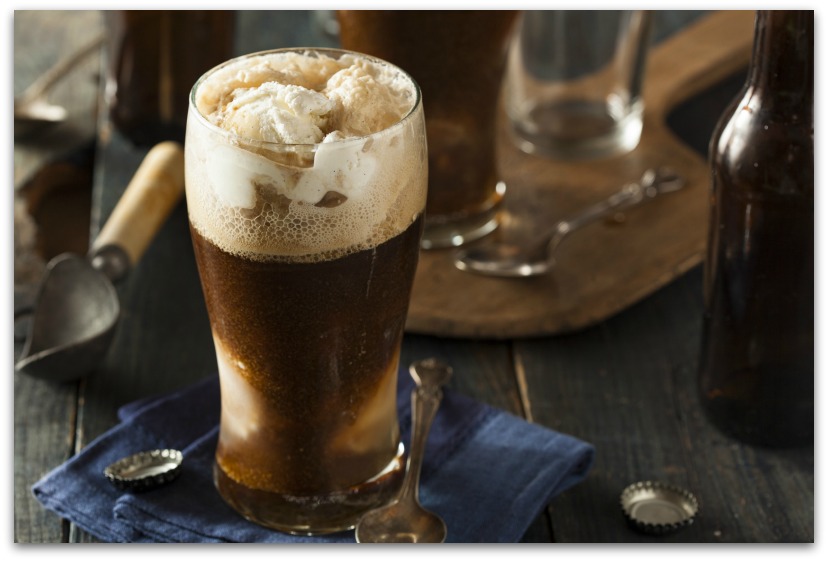Did you just polish off the last drops of Uncle John’s Beer-Topia? Then pour yourself a glass of facts about that other frosty beverage.
Craft Root Beer
Craft brewing has revolutionized beermaking, with thick, hefty, hop-loaded ales slowly gaining market share away from lighter lagers like Budweiser. Those same “major microbreweries” are also giving large-scale commercial root beer a run for its money. Goose Island (Chicago), Sprecher (Milwaukee), and Rogue (Oregon) all brew and market their own nonalcoholic root beers, slowly brewed with spices and yeast the old-fashioned way. Canned root beers like A&W or Barq’s are mostly combinations of water, sweetener, and the carbonation is injected in with carbon dioxide…not the result of active yeast.
Root Beer and Colonial America
In the Middle Ages and into the days of the early American colonies, people drank beer more than water—the water was polluted, and the brewing process meant the beer was safer. The problem with that is that beer had alcohol in it, and that wasn’t necessarily suitable for children. Experts say root beer was invented in colonial America as a nonalcoholic alternate to beer, but which was still clean.
Banning Sassafras
Up until the mid-20th century, most commercial root beer got its flavoring from the sassafras root and sarsaparilla root. (That’s why the drink itself was sometimes called sarsaparilla.) In 1960, the FDA banned sassafras in all packaged foods when tests on laboratory rats indicated that it was a carcinogen. However, “old time” root beer can and is still made with sassafras root—extracts can be purchased with the cancer-causing compound called safrole removed.
Root Beer Flavoring
The main source of flavor in today’s root beers: a combination of wintergreen and vanilla. Other trace ingredients: ginger, licorice, anise, juniper berries, and dandelion.









